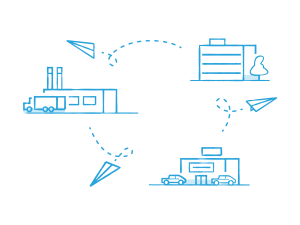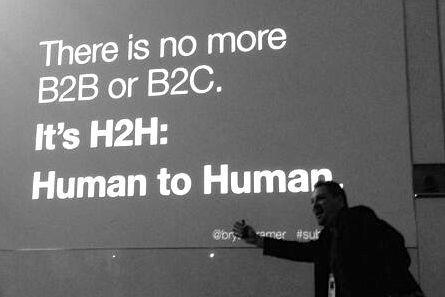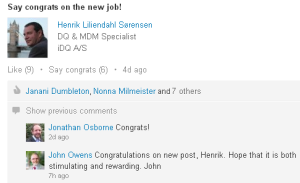My first blog post on Social PIM (Social Product Information Management) was over 4 years ago.
 Since then Product Data Lake has been launched. Product Data Lake resembles a social network as you connect with your trading partners from the real world in order to collaborate on getting complete and accurate product information from the manufacturer to the point-of-sales.
Since then Product Data Lake has been launched. Product Data Lake resembles a social network as you connect with your trading partners from the real world in order to collaborate on getting complete and accurate product information from the manufacturer to the point-of-sales.
I would love to see you, my blog readers, become involved. The options are:
- Become a Product Data Lake Ambassador or even Product Data Lake Commissioner, if you work with Product Information Management (PIM) tools and services
- Sign up to a free trial until end of March 2017 at (and/or learn more about) Product Data Lake here.
 One of the most important ones is exchange of product information between manufacturers, distributors, resellers and large end users of product information. And that is not going very well today. Either it is based on fluffy emailing of spreadsheets or using rigid data pools and portals. So there are definitely room for improvement here.
One of the most important ones is exchange of product information between manufacturers, distributors, resellers and large end users of product information. And that is not going very well today. Either it is based on fluffy emailing of spreadsheets or using rigid data pools and portals. So there are definitely room for improvement here. Now social selling has become very close to me in the endeavour of putting a B2B (Business-to-Business) cloud service called
Now social selling has become very close to me in the endeavour of putting a B2B (Business-to-Business) cloud service called 


 Master Data Management (MDM) platforms with strong offerings for the product domain comes with built-in functionality for engaging suppliers in the process of collecting product master data attributes and related materials as product sheets, images and other digital assets.
Master Data Management (MDM) platforms with strong offerings for the product domain comes with built-in functionality for engaging suppliers in the process of collecting product master data attributes and related materials as product sheets, images and other digital assets.


